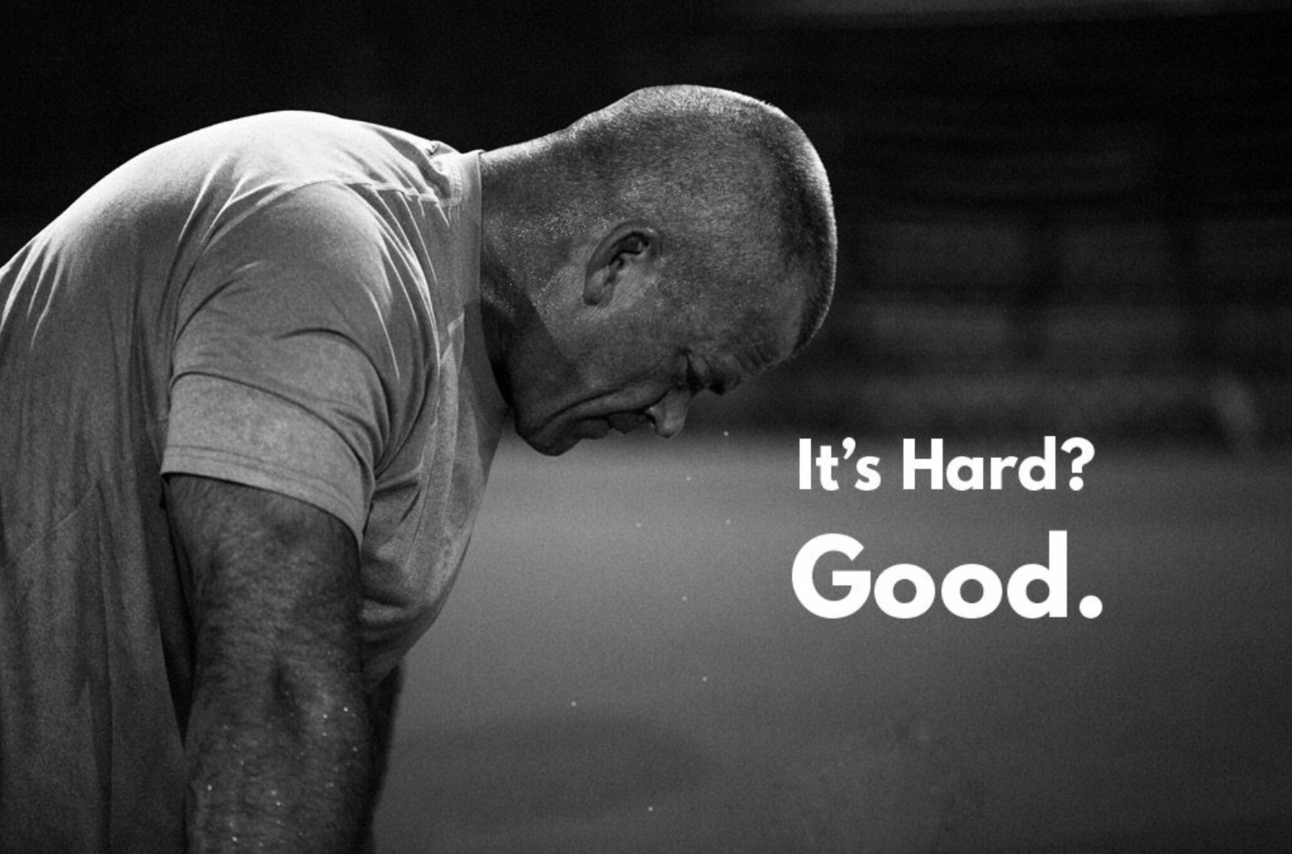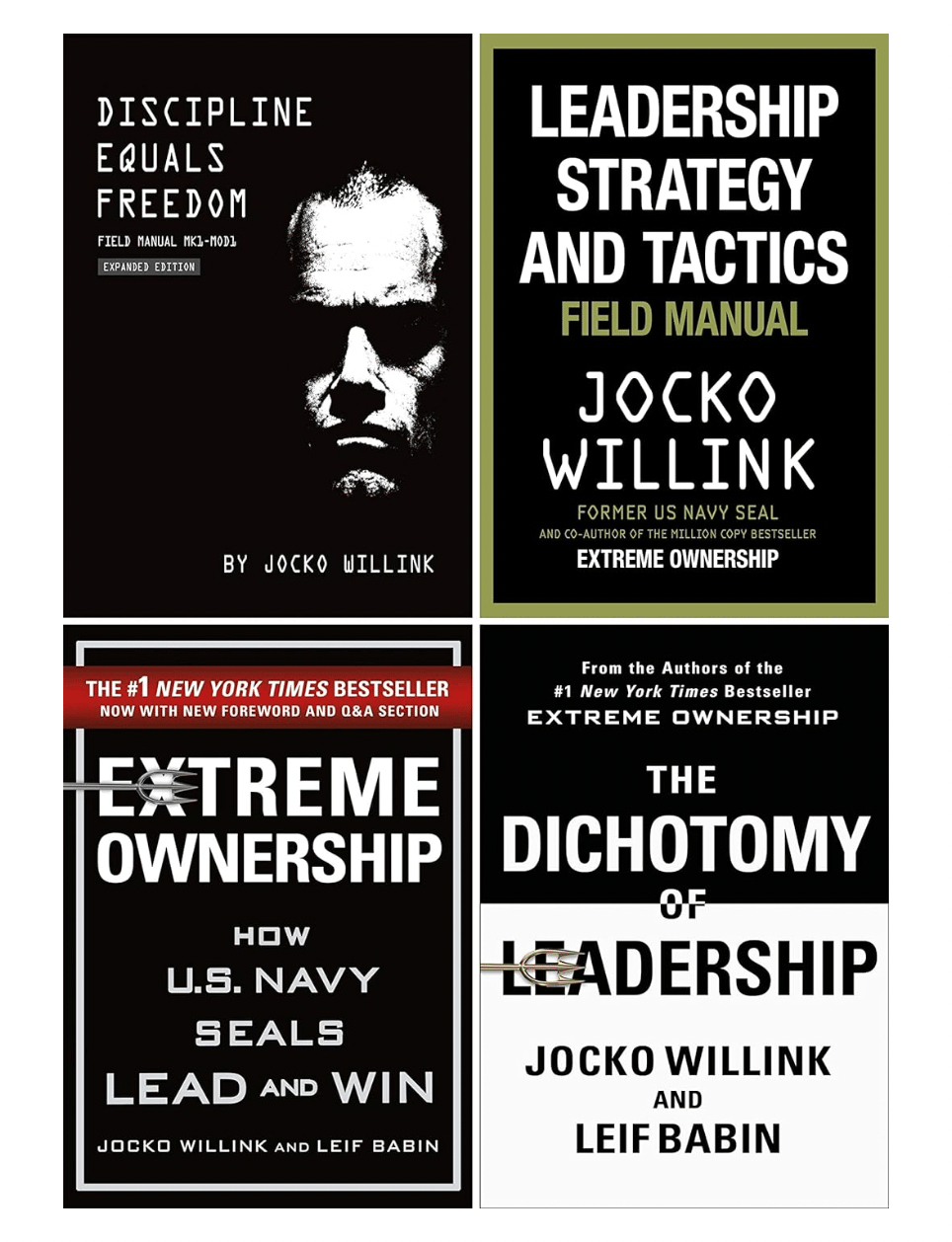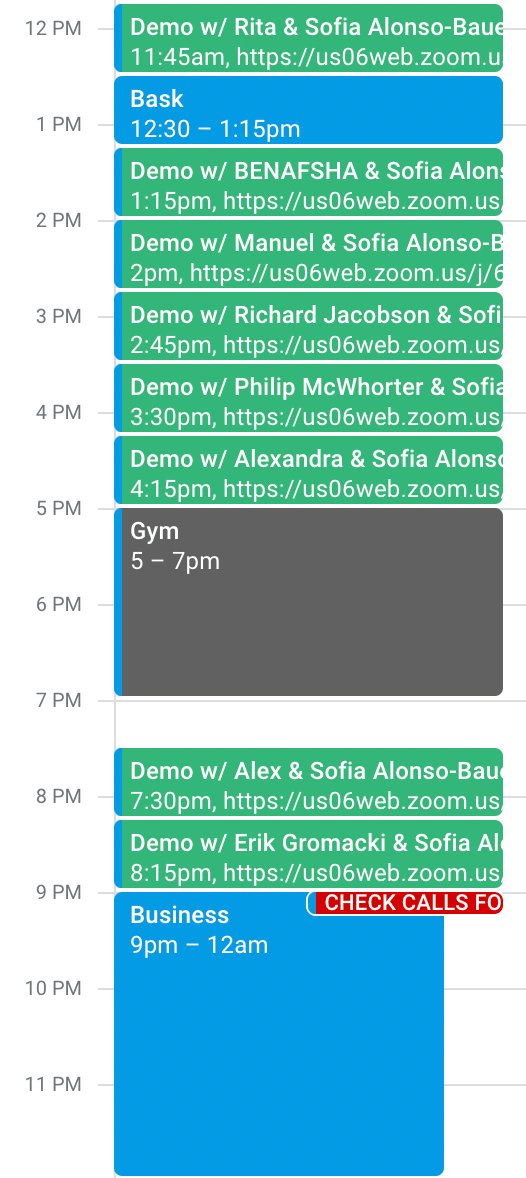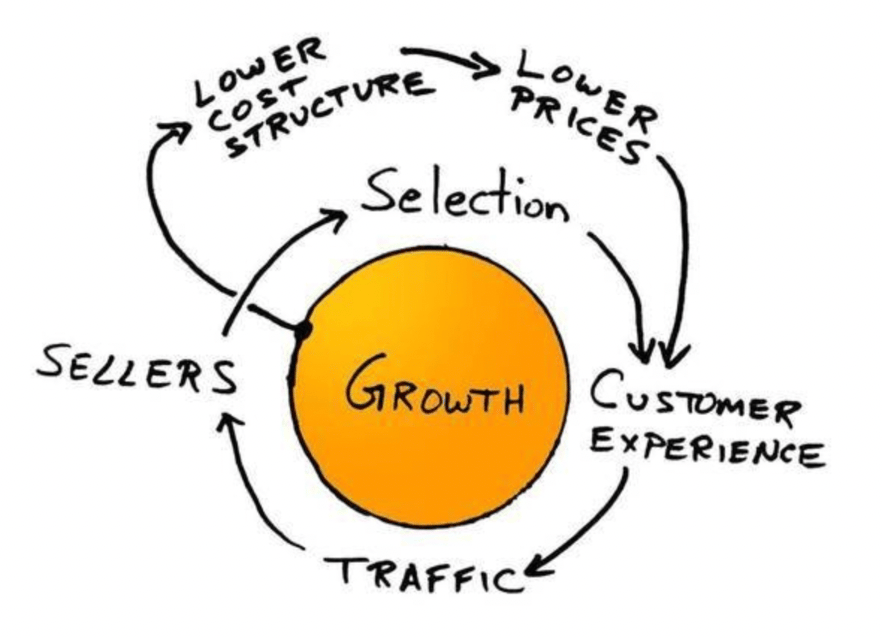“There is only one person to blame for this: me. I am the commander. I am responsible for the entire operation. As the senior man, I am responsible for every action that takes place on the battlefield. There is no one to blame but me. And I will tell you this right now: I will make sure that nothing like this ever happens to us again.
It was a heavy burden to bear. But it was absolutely true. I was the leader. I was in charge and I was responsible. Thus, I had to take ownership of everything that went wrong, despite the tremendous blow to my reputation and my ego.
We then proceeded to go through the entire operation, piece by piece, identifying everything that happened and what we could do going forward to prevent it from happening again.” - Jocko Willink

Extreme Ownership
Once people stop making excuses, stop blaming others, and take ownership of everything in their lives, they are compelled to take action to solve their problems. They become better leaders, better followers, more dependable and actively contributing team members, and more skilled in aggressively driving toward mission accomplishment. They are also humble —able to keep their egos from damaging relationships and adversely impacting the mission and the team.

Taking ownership for mistakes and failures is hard. But doing so is key to learning, developing solutions, and, ultimately, to victory. Decisions have immediate consequences, and everything—absolutely everything—is at stake. The right decision, even when all seems lost, can snatch victory from the jaws of defeat. The wrong decision, even when a victorious outcome seems almost certain, can result in a deadly, catastrophic failure.
In tough conversations, hard meetings, and emotionally charged decision-making, leaders need the grounded confidence to stay tethered to their values, respond rather than react emotionally, and operate from self-awareness, not self-protection.
There are examples of the paradoxes that are inherent in entrepreneurship:
Optimism and paranoia
Letting chaos reign (the act of building) and reining in the chaos (the act of scaling)
Big heart and tough decision-making
Humility and fierce resolve
Velocity and quality when building new things
Thinking big but starting small
Leaders must learn the skills to hold these tensions and get adept at balancing on the tightrope of life. Ultimately, leadership is the ability to thrive in the ambiguity of paradoxes and opposites.

Goal Setting
Why do 97% of businesses fail within the first 10 years?
It’s not that they intend to do poorly. In fact, it’s mostly out of ignorance. They don’t know what goals to go after, and they don’t know how to achieve the goals they are seeking.
5-Step Goal Setting Process
Why is goal setting so important? Because setting goals determines where your attention goes. And your attention is the most valuable resource that you can have. Most entrepreneurs work hard on the wrong things at the wrong time in the wrong way.
Imagine that your attention is a jar of marbles. Say you have 20 marbles in your jar, and you are able to point them at one thing; you are much more likely to achieve it. But each time you take that marble and focus on something else, you decrease your power. Power is your ability to go from thought to action.
What are goals? Goals are thoughts that you then put a plan in place so that you can put them into action and manifest them in real life.
So, the less attention you have to put toward the most important goals, the less likely you are to achieve them. If you decrease the amount of attention you have, you consequently also decrease the amount of power you have to put toward that goal. This is why picking the right goal is the highest leverage activity you can do in your business.
Look at your calendar, and you can tell what the problem is. (Yes, I cried as I wrote this. Yes, I am not growing my own company.)

Current Calendar
I have my time spread so thin that I don’t have time to work on my business, let alone grow it. I have totally decreased my power.
True discipline is doing fewer things but doing them better.

Deep Work - Dream Outcome
Often what happens is that a company becomes successful, and then they think they can take on more than they can, they don’t set clear targets, and they fall apart.
The goal of setting goals is to create clarity. And clarity creates speed.

Amazon’s Flywheel Effect
When you can move fast, you can create much more progress. And when you make progress, you create momentum. And momentum, ultimately, is what leads to success.
What problem are we solving? What is the one problem that I could solve that would provide me with the highest ROI?
What is not happening that, if it were to happen, the business would grow?

(I have 0% churn. I have a huge acquisition problem. Why? It takes so long and there is so much friction getting a customer. If I were to reduce the time it takes to get a customer by 50% or 75%, I could 100x my business over the next three quarters.)
Initiative: Get Customers Faster.
Hypothesis: How am I going to achieve that goal?
Which action, if I take, can I get the same amount of effort in and get more back?
I need to go through my acquisition channels and go step by step through my flows and see where people are falling off. Ask myself: What am I going to do and who is going to do it?
What are the steps within that one action, and who is going to do those steps?
I need to improve my creative and copy - what does that look like tactically?
If I need to improve my questionnaire flows, who is going to be able to execute on that tactically?
Once you set a goal, just break it down into tactical steps that you can do in a matter of days, weeks, and months.
Take the time to waterfall out your goals. Think through all the necessary steps to get there so that you can achieve your goal.